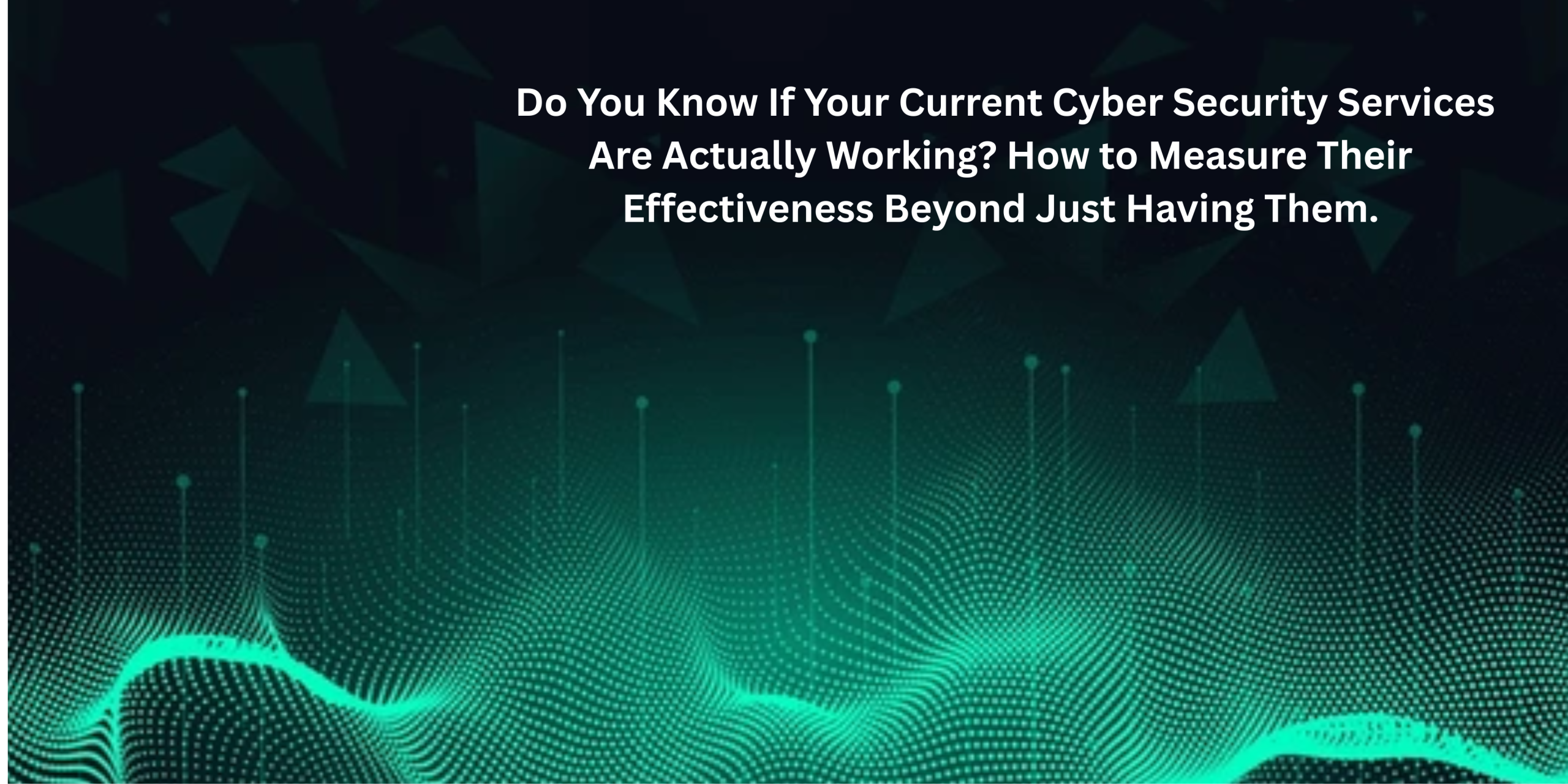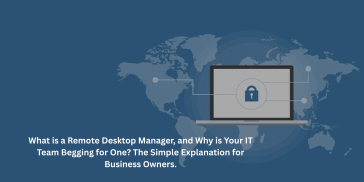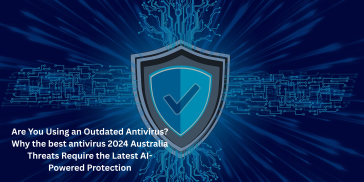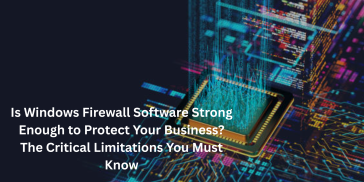Many businesses install cybersecurity tools, sign up for a managed vendor, or hire someone to handle security and then assume “it’s covered.” But in reality, security is only as good as its performance. You need to measure whether your defenses are actually working not just exist.
If you’re searching for “local cybersecurity software service near me” or “cybersecurity software service near me,” and especially if you’re using or considering a provider like CSPro in Australia, this article will help you dig deeper. We’ll explore how to evaluate managed cyber security services, where gaps often hide, and how to demand accountability from your cyber security expert or vendor.
Why It’s Not Enough to Simply Have Cybersecurity in Place
Imagine locking your front door and assuming nobody can break in but the windows are wide open. In IT, it’s similar: having a firewall or endpoint protection doesn’t guarantee full coverage. Attackers exploit blind spots, misconfigured tools, and slow responses.
Too many organizations treat cybersecurity as a “set and forget” checkbox. They pay for a “managed cyber security services” contract, or they hire a “cyber security expert,” and then rarely check whether those services truly protect them. The result? Breaches that go unnoticed, malware that lingers, or data exfiltration that escapes detection.
To ensure your security is real and effective, you must actively test, monitor, and verify.
Real Effectiveness:
- Attack Surface Visibility
Start by knowing exactly what parts of your system are connected to the internet this includes your computers, laptops, servers, mobile phones, smart devices, cloud accounts, and even remote employees’ laptops. Once you have the full list, make sure every one of these devices has protection tools installed such as antivirus software, firewalls, or endpoint detection systems (EDR).
For example, if a remote worker’s laptop isn’t protected, that becomes a weak spot where hackers could break in. When you look for a “local cybersecurity software service near me”, the provider should be able to help you see all your devices in one place and show which ones are protected or not.
If even one device is left out, your whole system can be at risk no matter how advanced your other security tools are.
- Mean Time to Detect, MTTD
Detection speed simply means how fast your security system can spot a threat once it appears. The quicker it detects something suspicious, the better your chances of stopping the attack before it causes real harm. A good goal is to detect threats within minutes, not hours or days. Delays in detection give hackers more time to steal data or damage systems.
When working with your managed cyber security services provider, ask for proof such as reports showing their average detection time each quarter. This helps you understand how quickly they react when something unusual happens. If a tool or service takes 24 hours or more to identify a breach, that’s far too slow. By the time it alerts you, your network could already be compromised. Fast detection is key to strong protection.
- Mean Time to Respond, MTTR
After a threat is detected, the next important question is how quickly can your team or service provider respond and fix it? This includes isolating the affected system, removing malware, applying patches, restoring backups, and finding out what caused the issue in the first place.
A short response time means your system can recover faster and reduce potential damage. The best cyber security experts or service providers will keep track of these timelines and share clear reports on how long each step takes.
If your vendor doesn’t provide this information or avoids the topic, it’s a warning sign that they might not be as proactive as they should be. Quick, well-documented responses show that your cybersecurity plan isn’t just sending alerts, it’s actually protecting your business in real time.
- False Positives vs False Negatives Rate
No security tool is perfect, but the balance matters. If your tools flood you with false alarms, your team will ignore real ones. Conversely, if they miss real threats (false negatives), you’re vulnerable. Track how many alerts were accurate vs how many were noise. A cyber security expert or your provider should help you tune this.
- Coverage of Threat Intelligence & Updates
Security tools must be updated continuously with new signatures, rules, patches, and threat intelligence feeds. If your current service is slow to adopt new threat data, you may be unprotected against recent attacks.
- Penetration Testing and Red Team Exercises
Periodic penetration tests simulate real attacks. Red team exercises mimic advanced attackers. These let you discover whether your defenses truly hold up under stress, not just in ideal conditions.
A provider offering managed cyber security services should give you testing results and remediation reports.
- Audit and Compliance Checks
If your industry has standards (e.g. HIPAA, PCI DSS, ISO 27001), regular audits test whether your security setup meets those requirements. Failures in audit speak volumes.
- Business Impact Metrics
Beyond purely technical measures, you should track how often security incidents caused downtime, lost revenue, or data loss. If you’re still experiencing business disruption, your services might not be sufficient.
- Feedback
When you invest in a local cybersecurity software service near me or broader managed cyber security services, transparency should be a key part of what you’re paying for. A reliable provider doesn’t just install tools and disappear they keep you informed every step of the way. They should offer clear, easy-to-understand reports, live dashboards showing your system’s protection status, and detailed summaries after any security incident.
A trustworthy cyber security expert will also give you honest recommendations for strengthening your defense, not just technical jargon. If your provider avoids sharing this information or makes things unclear, it’s a serious red flag. True cybersecurity is about partnership and open communication you deserve to know exactly how your business is being protected.
CSPro & the Australian Context:
If your business is in Australia and you use (or plan to use) CSPro – Computer Support Professionals, this framework applies. CSPro offers managed IT services, including cybersecurity and 24/7 threat monitoring.
They should give you a clear list of everything they protect, show their average detection and response times, and share the results of regular security tests. You should also be able to see dashboards or reports that track your protection in real time.
Ask for proof that they keep their tools updated with the latest threat information, and find out how they fix issues and improve after an attack.
Conclusion:
It’s not enough to have cybersecurity software or a managed security provider. You need to actively measure and verify their effectiveness. By tracking metrics like detection time, response time, false positives, coverage, and real business impact and by regularly testing and auditing your systems. You can uncover gaps before attackers do.
In cybersecurity, trust but verify. Defenses that just “exist” aren’t enough they must prove their worth in the real world. Your organization, your data, and your reputation depend on it.




